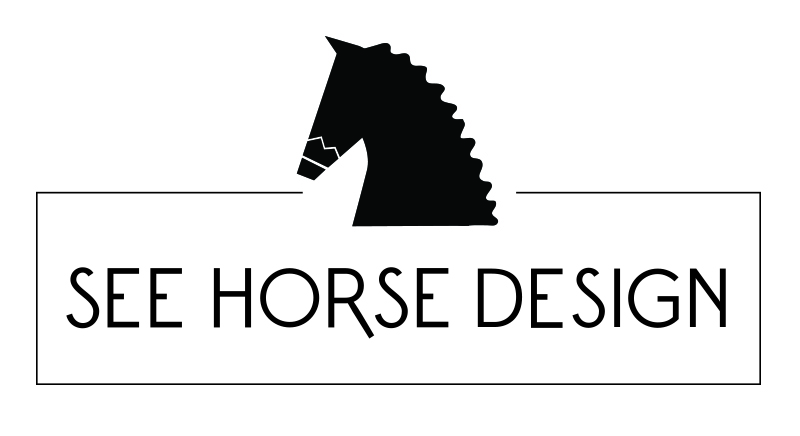All About That Base! – Building a Dressage Arena, part 1
It finally happened!!!! We’re finally putting in an arena!!! When we moved onto our new property, the first thing I wanted to do (besides a barn makeover) was clear out a space for a Dressage arena. The pasture footing is too uneven to ride on and after a few weeks, I realized how spoiled I was at our previous place with a fenced arena and large round pen – both with great footing. I did a TON of research and decided the first step would be to find someone to grade the 70’x200′ arena. Well, after the spot was measured and mowed short and sprayed and….

My budget is pretty small for this project, so I’m not able to install french drains or add mesh screens. I considered adding crushed asphalt, but even that was pretty expensive. So what else is left for the base layer you ask? Do I even need a base layer? Does this all depend on my soil and/or climate?
I had a million questions and decided to start by asking my trainer how she set up her arena. We live in the same town so I figured our soil would be similar too. Her arena consists of rock “screenings” for the base layer with river sand on the top. “OK”, I thought, “That doesn’t seem so bad!” Until I started calling around for pricing. Turns out, the base layer alone would be close to $3000! And that’s on the low end! Yikes! This was definitely a wake up call for me.
But what if I didn’t need a base layer? How do you find out? The first thing you have to do is get your soil tested or analyzed by an expert. My trainer explained that even on her property, there are multiple types of soil. If your soil has a lot of clay in it, a base layer might not be needed. You could probably just grade and flatten the area, add a few inches of sand on top (no more than 3.5″ for Dressage) and be good to go. If you have sandy soil, you may be able to just disc the area a few inches and that’s it! In all of my research, everyone was very emphatic about the importance of your base layer. If it’s not solid, it can create issues for the top layer and make the footing unsafe or cause problems that have to be resolved each year. A good base layer should last for more than just a few years.
Another thing to keep in mind is that you will also need to make sure your arena is built with a very slight incline to help with drainage. If you live in an area that gets a large amount of consistent rain, you may need to put in a drainage system (french drains are great). We live in the southwest, so when it rains out here, it’s usually just for a few days. We can go months without rain and then we have 3 days of downpour. Last year, we were in extreme drought. This week, our pasture is flooded. Our weather is crazy!
Turns out, after calling a local contractor who specializes in riding arenas and having him come out for an estimate, he told us that our soil is ideal for this type of work. It naturally drains, but isn’t too soft. And he helped us choose the best area for the arena – one that already has a natural incline. So, I was able to have the area graded and leveled without needing to bring in material for a base. This is where we are now:

The area is rideable and I was instructed by the contractor to do just that in order to find any “soft spots” or places that the soil sinks down. Once we have those areas located and leveled, we’ll put a short barrier around the edges and bring in a few inches of sand mixture for the top! The initial process will probably take about a month or two. I can’t tell you how excited I am to have a place to work and ride again so we can both start getting back on a training schedule!
Keep checking back for Part 2.
Sorry, the comment form is closed at this time.








Stephanie
that’s so exciting!
See Horse Design
Thanks Stephanie! It feels like it’s taken forever. I’m so excited to finally be able to ride my horse again!
Susan Friedland-Smith
That is so awesome you get to have your very own arena! And great to know that you have ideal soil for just such a project. Congrats!
See Horse Design
Thanks Susan! I feel very lucky to be able to have an arena on my property and not have to worry about bringing in a ton of materials for the base. I don’t think I’d even be able to attempt it if I had to add that much material. Getting the soil tested was a great idea and not something I would have thought of on my own. But it really helped!
Pingback: New Year Goals for 2016 | See Horse Design